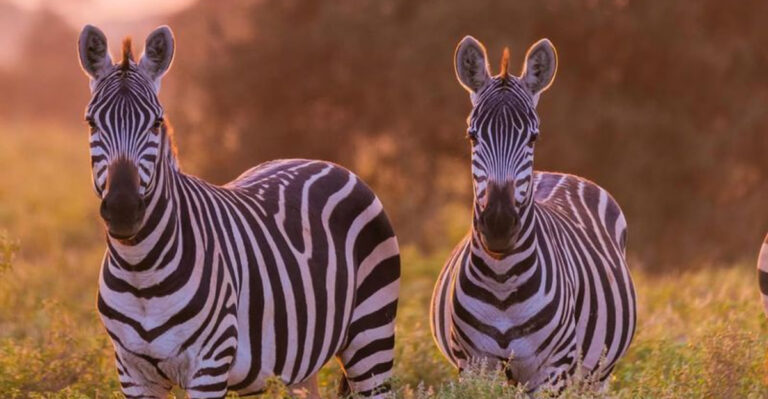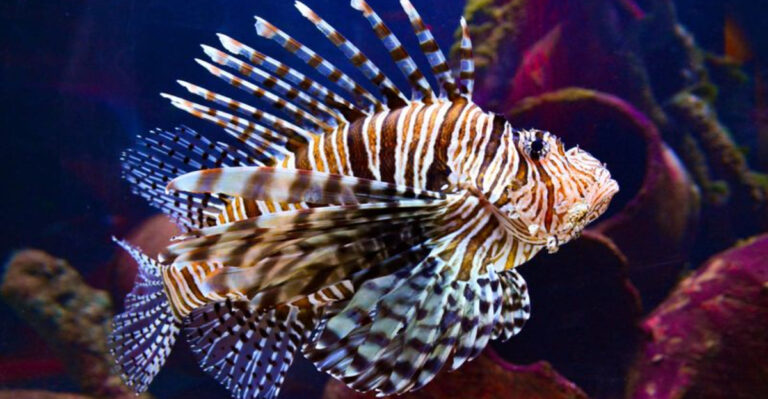13 Fascinating Animal Behaviors That Scientists Can’t Explain
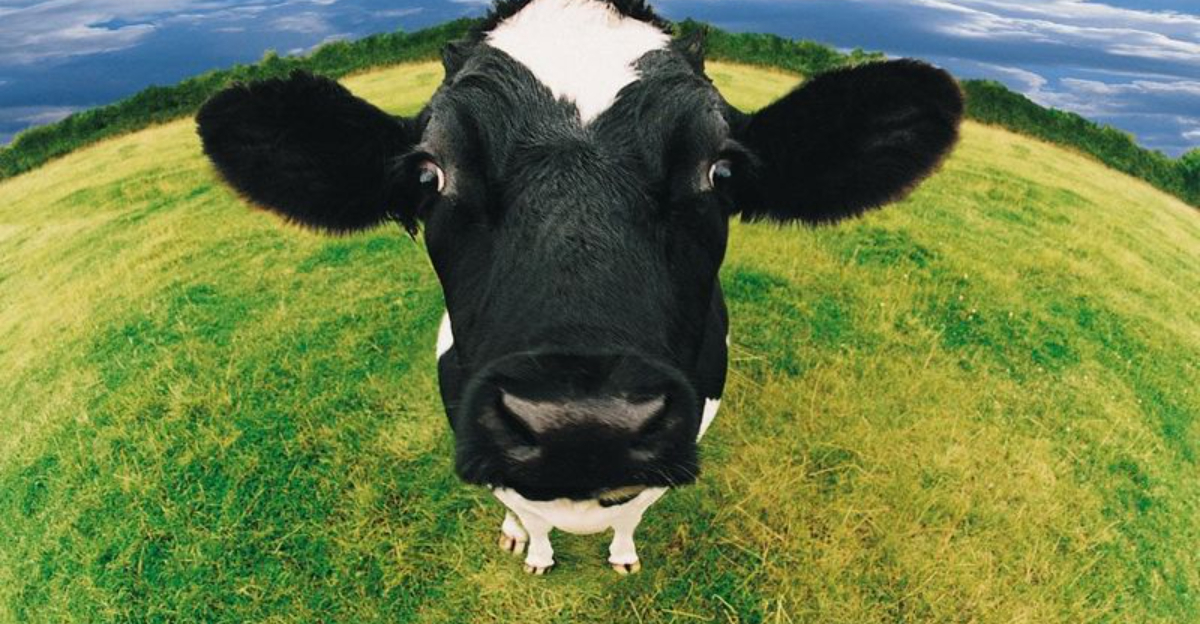
The animal kingdom is a treasure trove of mystery, showcasing behaviors that defy scientific explanation. From peculiar migratory patterns to inexplicable survival tactics, animals continue to baffle researchers.
This list explores fascinating animal behaviors that have left scientists scratching their heads, yearning for answers.
1. The Immortal Jellyfish
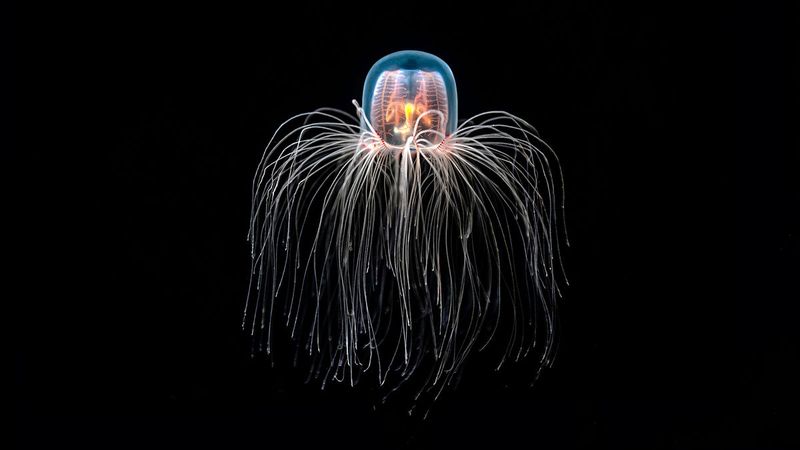
Imagine a creature that never truly ages. The Turritopsis dohrnii, known as the “immortal jellyfish,” can revert to its juvenile form after reaching maturity. This cycle of regression and regeneration allows it to essentially live indefinitely under the right conditions.
While most animals have a defined life span, this jellyfish defies the natural order. Scientists are fascinated by this regenerative process, which resembles a biological fountain of youth. The mechanism behind this transformation remains largely a mystery, leaving researchers puzzled.
This unique capability raises questions about the limits of aging and mortality in the animal kingdom. Despite extensive study, the exact triggers and processes of this reversal are still unknown, leaving room for further exploration.
Could this phenomenon hold the key to anti-aging in humans? The immortal jellyfish challenges our understanding of life and death, sparking curiosity and debate in scientific circles.
2. Dolphin Suicide
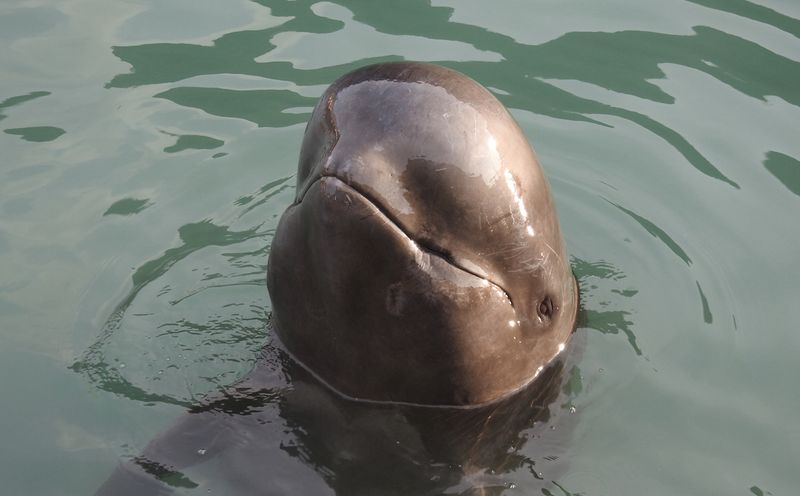
Dolphins are renowned for their intelligence, yet they exhibit a behavior that perplexes scientists: apparent suicide. On rare occasions, dolphins have been observed deliberately beaching themselves, actions that often lead to their demise.
This raises questions about their emotional and social complexities, as such behavior is not typical for survival-driven animals. The reasons behind this behavior are largely speculative, with theories ranging from environmental disturbances to distress signals. Some researchers suggest that these intelligent creatures may experience emotional pain akin to depression.
Despite various studies, the exact cause remains elusive, leaving room for more research. This behavior prompts a re-evaluation of dolphin consciousness and emotional depth. Understanding dolphin suicide could provide insights into the cognitive world of marine mammals, challenging our perception of animal intelligence and emotional capacity.
3. The Dancing Frogs
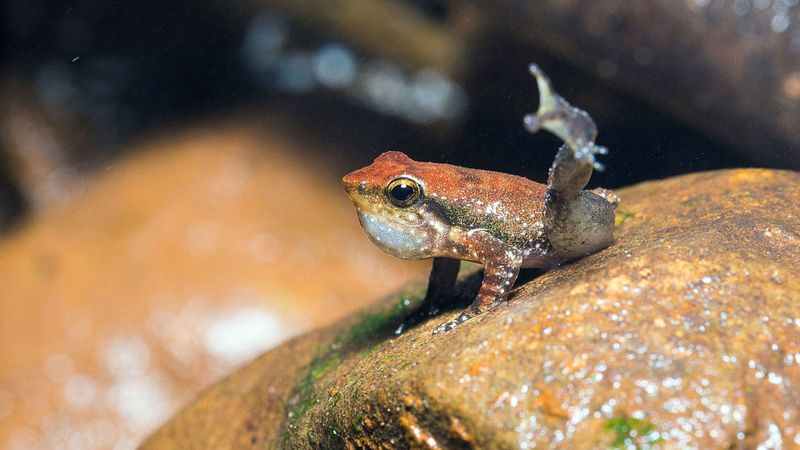
High in the mountains of India, a peculiar dance unfolds. The male Indian dancing frog performs an unusual hand-waving gesture, a behavior that has puzzled scientists. This “dance” is believed to be a form of communication or mating display, but its exact purpose remains unclear.
These frogs exhibit this behavior during the monsoon season, adding to the mystery. The hand-waving could be a signal to attract females or a territorial display to ward off rivals. Despite extensive observation, the true intention behind this dance is still debated among researchers.
This enigmatic performance raises questions about the evolution of communication in amphibians. As scientists continue to study the dancing frogs, they hope to uncover the secrets behind this captivating display. The frogs’ dance remains one of the many wonders of the natural world, inviting further investigation into the complexities of animal behavior.
4. Birds’ Magnetic Navigation
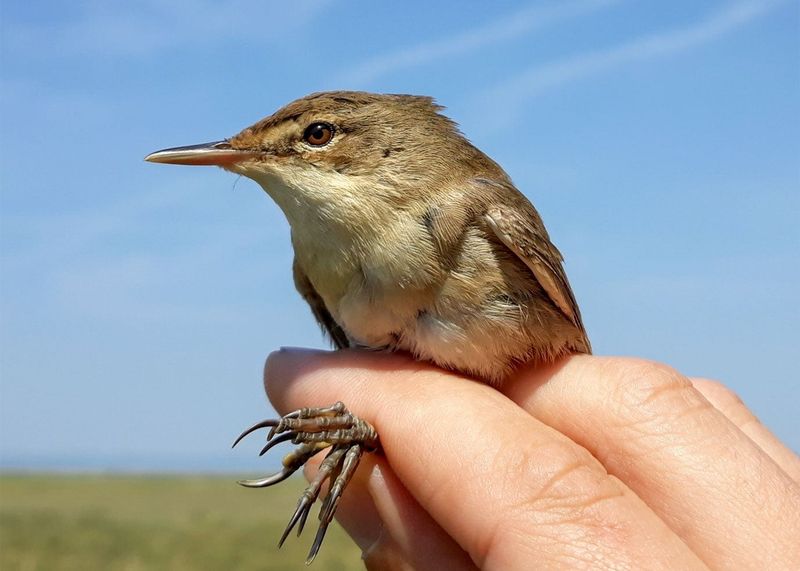
Birds’ ability to navigate vast distances with precision is a marvel of nature. Many species migrate thousands of miles, guided by Earth’s magnetic field. This uncanny sense of direction perplexes scientists, as the exact mechanism remains largely unknown.
Researchers believe that birds possess a mysterious “sixth sense” that allows them to detect magnetic fields, aiding their migration. Despite numerous studies, the precise biological basis of this sense is still under investigation.
Theories suggest that certain proteins in birds’ eyes may play a role in magnetic perception. Understanding this navigation method could revolutionize our approach to navigation technology.
As scientists strive to unlock the secrets of magnetic navigation, they are met with more questions than answers. Birds’ magnetic navigation continues to intrigue and inspire, highlighting the incredible adaptations of the avian world and the mysteries of nature.
5. Mysterious Elephant Mourning
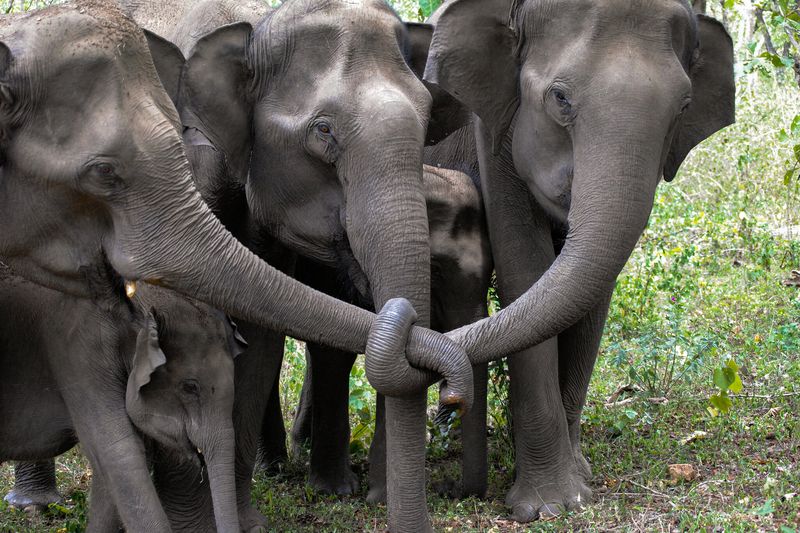
Elephants are known for their intelligence and social bonds, but their mourning behavior remains a mystery. When an elephant dies, others in the herd often exhibit signs of grief, such as touching the body and making vocalizations.
This behavior suggests a complex emotional life that challenges our understanding of animal emotions. Researchers have observed elephants returning to the bones of deceased herd members, indicating a form of remembrance.
The reasons behind this mourning ritual are still unclear, raising questions about the depth of elephant emotions and consciousness. Despite extensive study, the exact motivations and meanings of these actions remain unknown.
The mourning behavior of elephants invites further exploration into their emotional world, offering a glimpse into the profound connections that exist within the animal kingdom. Elephants’ unexplained mourning continues to captivate and inspire, reflecting the intricate tapestry of life and death.
6. Octopus Dreaming
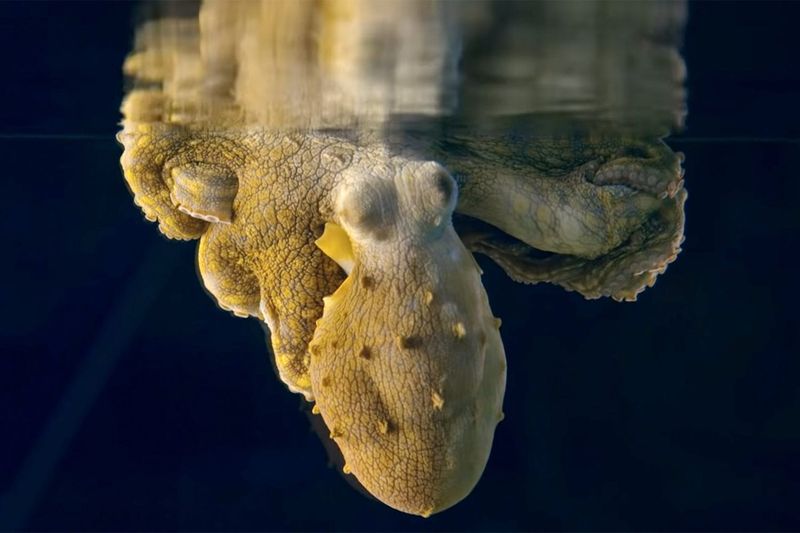
Octopuses are renowned for their intelligence, and recent observations suggest they may dream. While resting, some octopuses exhibit rapid color changes, similar to the eye movements seen in dreaming humans.
This phenomenon has intrigued scientists, as it hints at a level of consciousness previously unconsidered in invertebrates. The purpose and content of these “dreams” remain speculative, with researchers contemplating what an octopus might experience.
The color changes could be a reflection of internal processes, possibly akin to REM sleep in mammals. Understanding octopus dreaming could reshape our perception of consciousness and cognition across species.
While definitive answers remain elusive, the study of this phenomenon offers exciting possibilities. Octopus dreaming challenges our assumptions about the complexity of invertebrate minds, opening new avenues for research into the enigmatic world of marine life.
7. Cows’ Compass Alignment
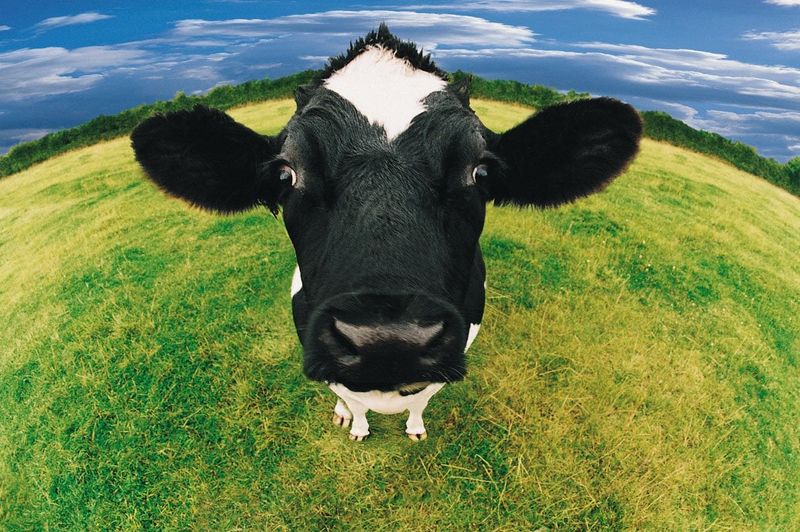
Cows possess an uncanny alignment with Earth’s magnetic field, a behavior that has baffled scientists. Observations reveal that cows tend to face north or south while grazing or resting, a mysterious preference that defies explanation.
This behavior is seen worldwide, regardless of environmental factors. The mechanism behind this alignment is still unknown, with researchers exploring possible magnetic sensitivity similar to that seen in migratory birds.
Understanding this behavior could offer insights into magnetic perception across different species. Despite technological advancements, the reasons for this alignment remain speculative, inviting further scientific inquiry.
Cows’ compass alignment challenges our understanding of animal behavior and the subtle influences of Earth’s magnetic field. It serves as a reminder of the untapped mysteries that still exist in the natural world.
8. Moth’s Attraction to Light
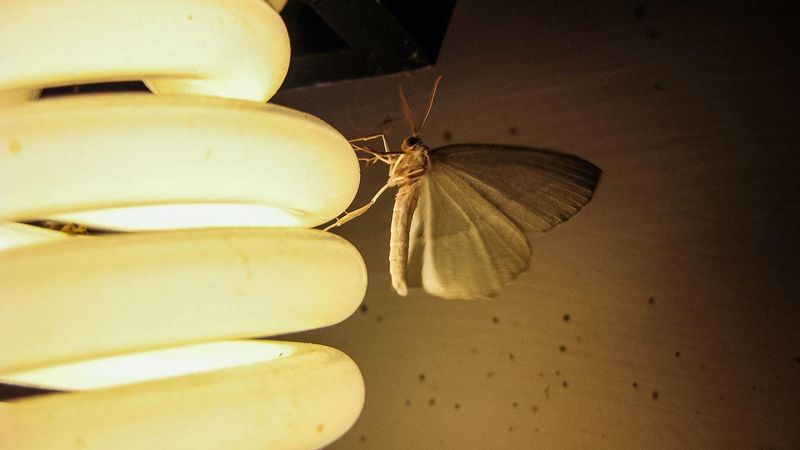
The enigmatic attraction of moths to artificial light continues to perplex researchers. Known as positive phototaxis, this behavior leads moths to spiral towards lights, often to their detriment. The reasons behind this seemingly self-destructive action are still debated among scientists.
One theory suggests that moths use celestial lights, such as the moon, for navigation. Artificial lights could confuse their innate guidance systems, causing disorientation. Other hypotheses propose that the light triggers a flight-or-flight response, drawing the moths in.
Despite various studies, the exact cause remains a mystery, prompting further investigation. Moths’ attraction to light highlights the complexities of animal navigation and behavior, offering a glimpse into the challenges faced by nocturnal insects. This puzzling phenomenon encourages continued exploration into the intricate world of moths and their interactions with the environment.
9. Cats’ Purring Healing Powers

The soothing sound of a cat’s purr is familiar to many, but its potential healing properties remain a subject of intrigue. Cats purr at a frequency between 25 and 150 Hz, which is believed to stimulate healing processes in both cats and humans.
This behavior has baffled scientists, as the exact mechanisms are not fully understood. Research suggests that purring may promote bone density, relieve pain, and reduce stress. It’s hypothesized that the vibrations have a therapeutic effect, but definitive proof is lacking, leaving room for speculation. This intriguing behavior invites further study into the potential health benefits of feline purring.
Whether a byproduct of relaxation or a deliberate healing mechanism, the purr continues to captivate and soothe. Understanding cats’ purring could unlock new avenues for therapy and wellness, highlighting the deep bond between humans and their feline companions.
10. The Vanishing Honeybee
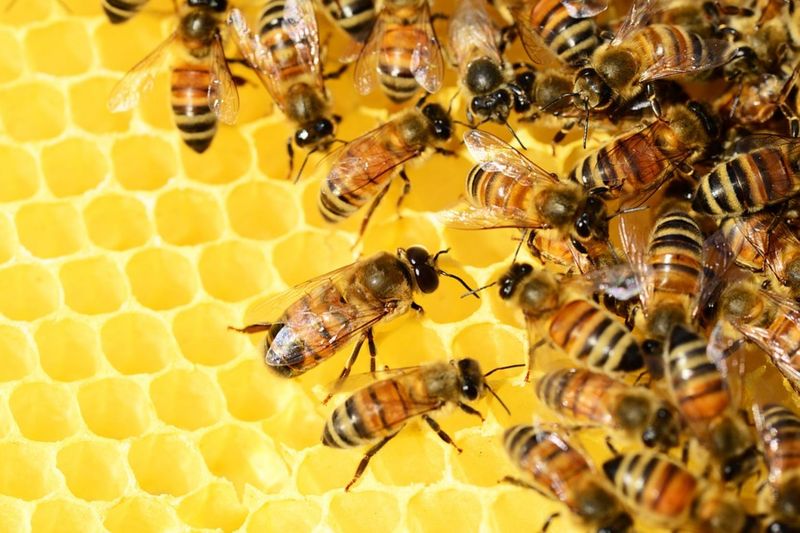
The sudden disappearance of honeybees from their colonies, known as Colony Collapse Disorder (CCD), is an alarming phenomenon. Bees abandon their hives, leaving behind queens, food, and even developing larvae.
This behavior has significant implications for agriculture and ecosystems, yet its causes remain elusive. Researchers have explored various factors, from pesticides to pathogens, but no definitive cause has been pinpointed.
The complexity of this issue highlights the intricacies of bee behavior and environmental interactions. Understanding CCD is crucial for preserving bee populations and the vital pollination services they provide.
Despite ongoing research, the mystery of the vanishing honeybee persists, urging further exploration. This phenomenon underscores the delicate balance between humans and nature, emphasizing the need for sustainable practices to protect these essential pollinators.
11. The Mimic Octopus
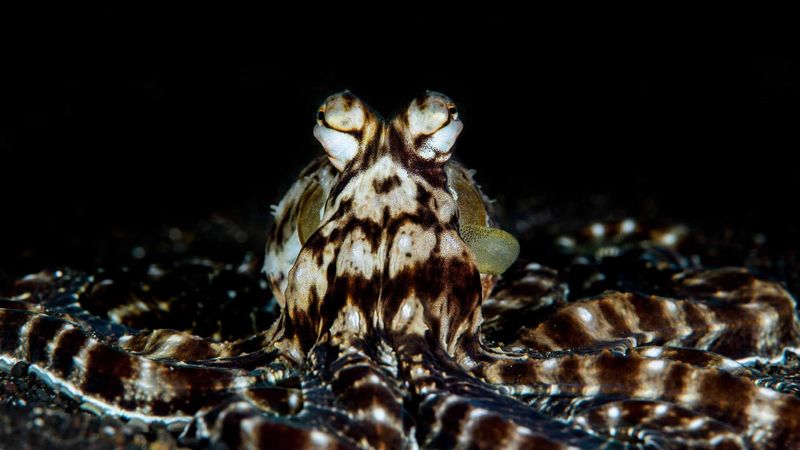
The mimic octopus is a master of disguise, capable of imitating other marine creatures. This remarkable ability to mimic species like lionfish and flatfish serves as both a defense mechanism and a hunting strategy. Scientists are intrigued by the octopus’s decision-making process and the triggers for such transformations.
Unlike typical camouflage, the mimic octopus actively chooses which creature to impersonate, suggesting a higher level of cognitive function. The factors influencing these decisions remain largely unknown, inviting further study into the cognitive capabilities of cephalopods.
This extraordinary mimicry challenges our understanding of animal intelligence and adaptability. The mimic octopus’s behavior offers insights into the evolutionary pressures that shape such complex traits, highlighting the awe-inspiring diversity of marine life. As researchers continue to unravel its secrets, the mimic octopus remains a symbol of nature’s ingenuity and wonder.
12. Whale Strandings
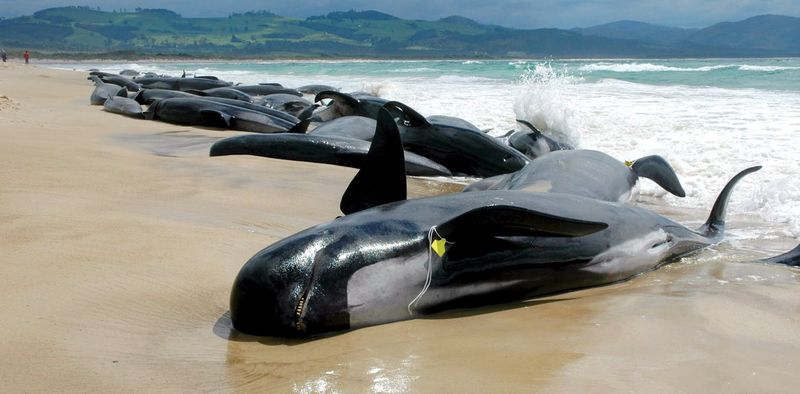
Mass whale strandings have puzzled scientists for centuries. These events, where groups of whales beach themselves, often end tragically. The reasons behind these strandings remain unclear, with theories ranging from navigational errors to environmental disturbances.
Some researchers speculate that factors like sonar interference or geomagnetic anomalies could disorient whales, leading to strandings. Others suggest social bonds may play a role, with whales following a distressed leader. Despite extensive research, the exact causes of whale strandings are still unknown, prompting ongoing investigation.
Understanding this phenomenon is crucial for conservation efforts and marine health. Whale strandings remind us of the complex challenges faced by marine life, urging a deeper exploration of oceanic mysteries and the human impact on these majestic creatures.
13. The Mysterious Lyrebird
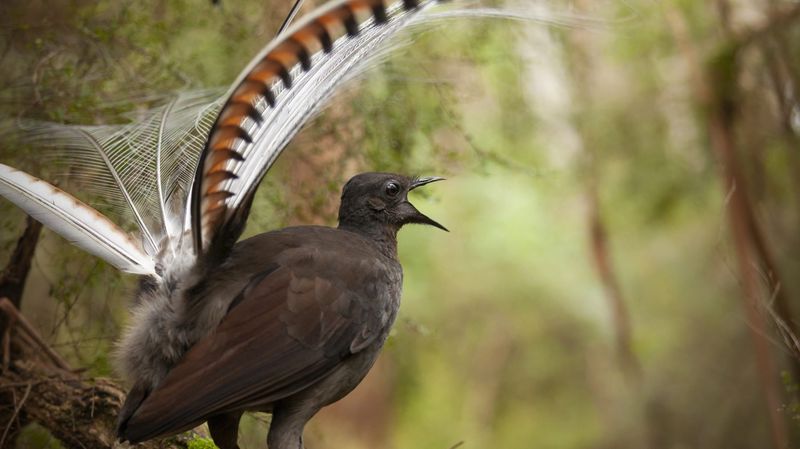
The lyrebird, native to Australia, is renowned for its extraordinary vocal mimicry. This bird can imitate a wide range of sounds, including other bird calls, camera shutters, and even chainsaws. The extent of its vocal repertoire continues to amaze scientists, as the purpose of this mimicry is not entirely understood.
While it’s believed that male lyrebirds use mimicry to attract mates, the variety and complexity of sounds suggest additional social or environmental functions. Researchers are still unraveling the intricacies of these vocal performances, exploring their role in communication and survival.
The lyrebird’s mimicry challenges our perception of avian intelligence and adaptation. As scientists delve deeper into this behavior, they uncover the sophisticated capabilities of the lyrebird, highlighting the wonders of avian life. The lyrebird remains a testament to the extraordinary diversity and creativity of the natural world.


